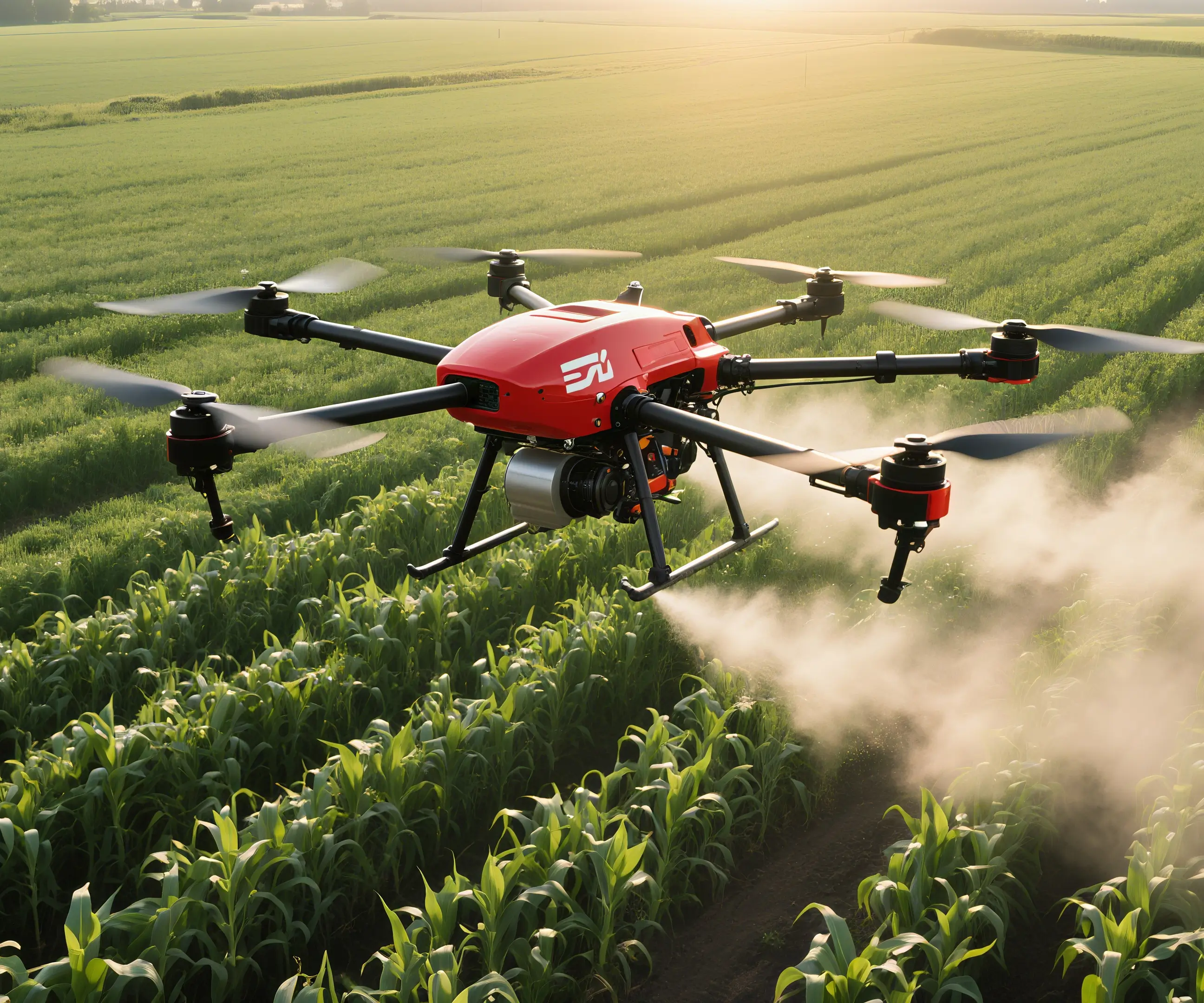The Art and Science of Gearbox Motor Design
In the realm of mechanical engineering, few components are as vital yet as intricate as the gearbox motor. Whether powering a conveyor belt, an industrial robot, or electric vehicles, the gearbox motor forms the crux of efficient power transmission, transforming electrical energy into precise mechanical motion. The complexity of its design stems from the delicate balance between multiple factors—power output, size constraints, durability, noise reduction, and energy efficiency.

Understanding the Core Functionality
At its essence, a gearbox motor combines a motor—be it an electric motor, brushed or brushless—with a gearbox that modifies the motor’s speed, torque, and direction. Unlike standalone motors which deliver a certain rotational speed and torque, many applications demand tailored outputs, which is where the gearbox becomes indispensable. By manipulating gear ratios, engineers can optimize the motor to deliver either high torque at low speeds or high speed with less torque, depending on the use case.
The Building Blocks of Gearbox Motor Design
Designing a gearbox motor involves several key components:
Motor Selection: The choice of motor dictates the baseline performance. Electric motors are predominant due to their high efficiency and controllability. Brushless DC motors, in particular, are favored for their longevity and low maintenance.
Gearbox Configuration: Gear types include spur, helical, bevel, worm, and planetary gears. Each has its distinctive characteristics, influencing factors such as efficiency, size, and noise. For instance, planetary gearboxes excel in delivering high torque in compact spaces, making them ideal for robotics and aerospace.
Housing and Materials: The durability of the gearbox depends heavily on casing materials—aluminum alloys for lightweight applications, steel for heavy-duty tasks. High-precision manufacturing ensures tight tolerances, reducing backlash and increasing efficiency.
Lubrication and Cooling: Operational efficiency and longevity are greatly affected by lubrication systems and heat dissipation mechanisms. Proper lubrication reduces wear and minimizes friction losses, while cooling systems prevent overheating during prolonged operation.
Design Challenges and Innovations
Designing an optimal gearbox motor is a multifaceted problem that challenges engineers to innovate continually. For example, size reduction without sacrificing strength—or increasing efficiency without escalating costs—are common objectives. Advanced materials like composites and ceramics are now being adopted to meet these goals.
Another frontier is the integration of smart technologies—sensors embedded within gearboxes monitor temperature, vibration, and wear in real-time. These innovations enable predictive maintenance, reducing downtime and extending service life, which is crucial in critical industrial applications.
Efficiency and Energy Savings
With rising energy costs and environmental concerns, efficiency has become the cornerstone of gearbox motor design. Engineers are exploring new gear geometries, bearing arrangements, and winding techniques to cut power losses. Innovations like magnetic gears and hybrid systems are emerging as promising solutions to achieve near-perfect energy transfer.
Customization and Application-Specific Design
The diversity of applications—from tiny medical devices to massive industrial machinery—demands custom solutions. Specialized design considerations include the operational environment, load conditions, noise restrictions, and weight constraints.
For example, in robotics, smooth, precise motion is essential, leading designers to favor planetary gearboxes with high gear ratios and minimal backlash. In contrast, heavy machinery may prioritize ruggedness and durability, leading to the selection of worm gearboxes capable of withstanding harsh environments.
The Future of Gearbox Motor Design
Looking ahead, the trajectory points towards increasingly intelligent, energy-efficient, and compact gearbox motors. Developments in additive manufacturing allow for complex geometries previously impossible, while advances in materials science promise lighter yet stronger components. Furthermore, integration with electronic control systems enables adaptive operation, optimizing performance dynamically.
The dawn of electric vehicle technology further fuels innovation, as lightweight and efficient gearbox motors become critical. Gearbox designs are evolving to support high torque demands while maintaining minimal energy consumption, all within increasingly constrained spaces.
Leveraging innovations in modular drive technology, Kpower integrates high-performance motors, precision reducers, and multi-protocol control systems to provide efficient and customized smart drive system solutions.




































